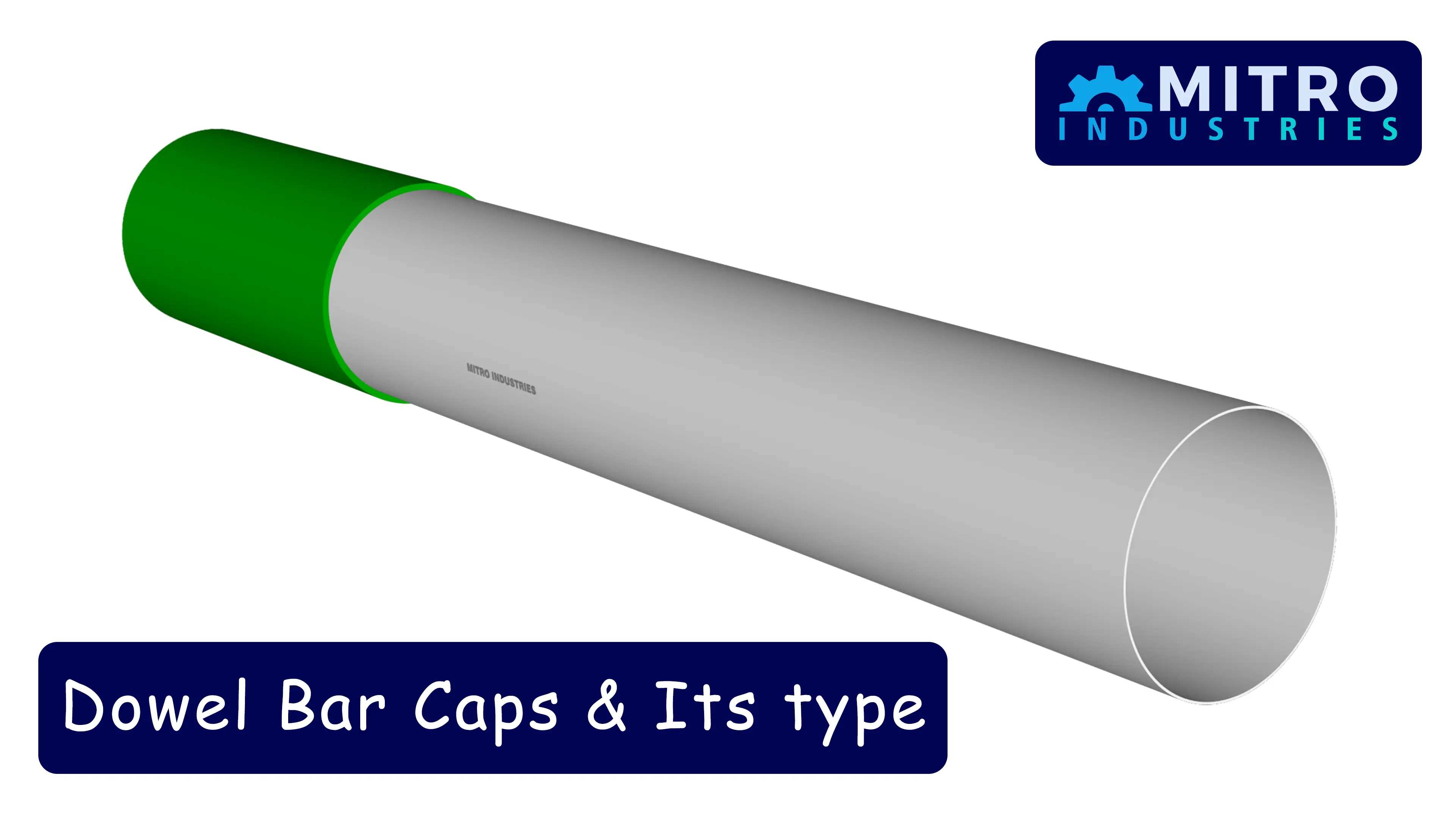How Does 3D Printing Work in Construction

30 Sep 2024
Construction
1538
"At the forefront of this revolution is 3D printing technology. This innovative process is transforming the way we build, from creating intricate architectural elements to entire buildings."
The construction industry, traditionally known for its slow pace and reliance on manual labor, is undergoing a seismic shift. At the forefront of this revolution is 3D printing technology. This innovative process is transforming the way we build, from creating intricate architectural elements to entire buildings.
3D Printing - A New Era in Construction
Unlike traditional construction methods that involve cutting and assembling prefabricated materials, 3D printing directly creates objects from digital designs. In the context of construction, this involves using large-scale 3D printers to extrude materials like concrete, metal, or even plastic layer by layer.
• Digital Design - Architects and engineers create detailed 3D models of the structure.
• Material Preparation - The chosen material is prepared in a suitable form, often as a paste or powder.
• Printing Process - The printer extrudes the material according to the digital design, layer by layer.
• Curing and Finishing - The printed object may require additional curing or finishing processes to achieve desired properties.
The Benefits of 3D Printing in Construction
Real-World Applications
Popular Posts
-

Why Armour Joints use for Flooring?
2260 Views -

Why use Demister Pad in tower packing?
1905 Views









